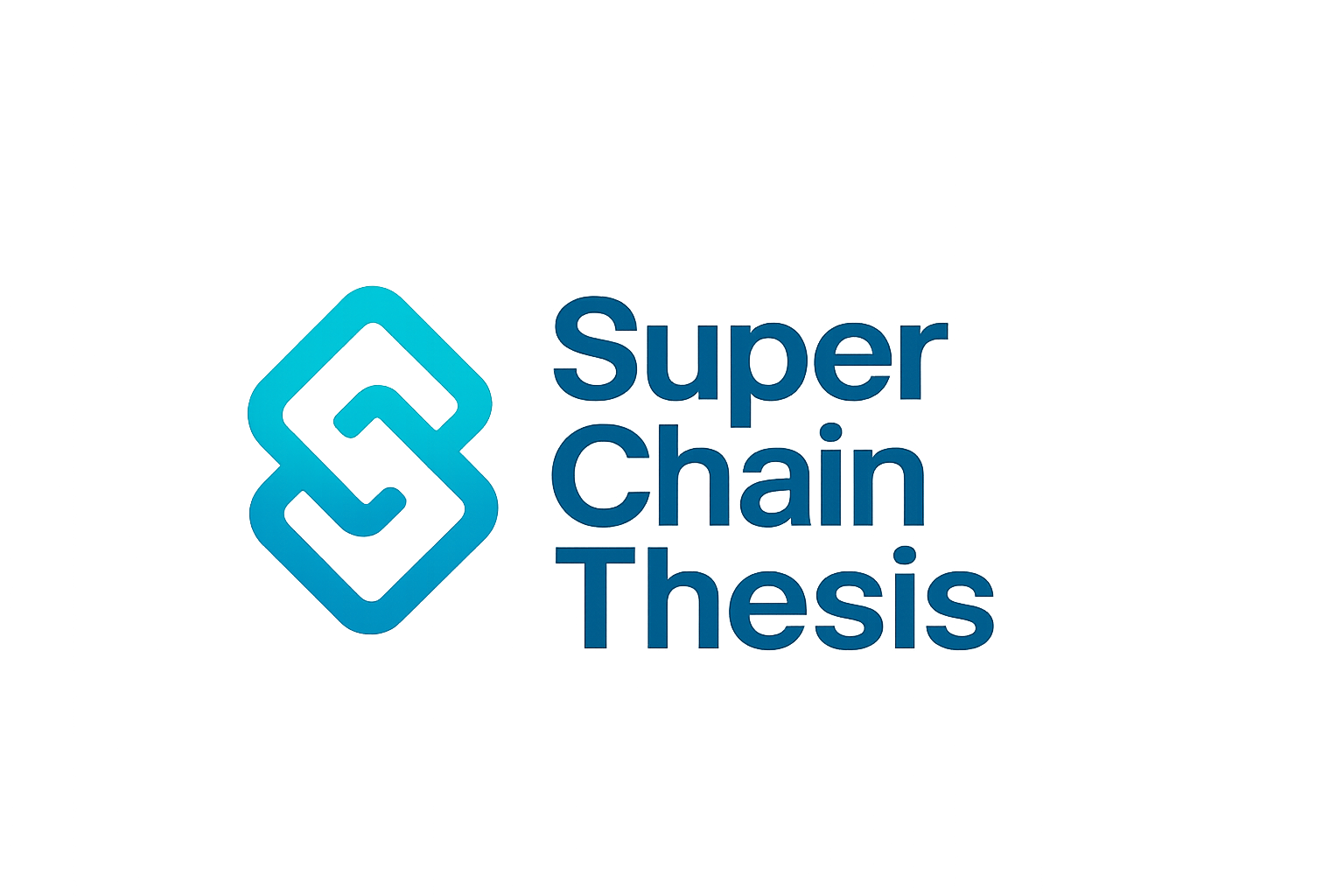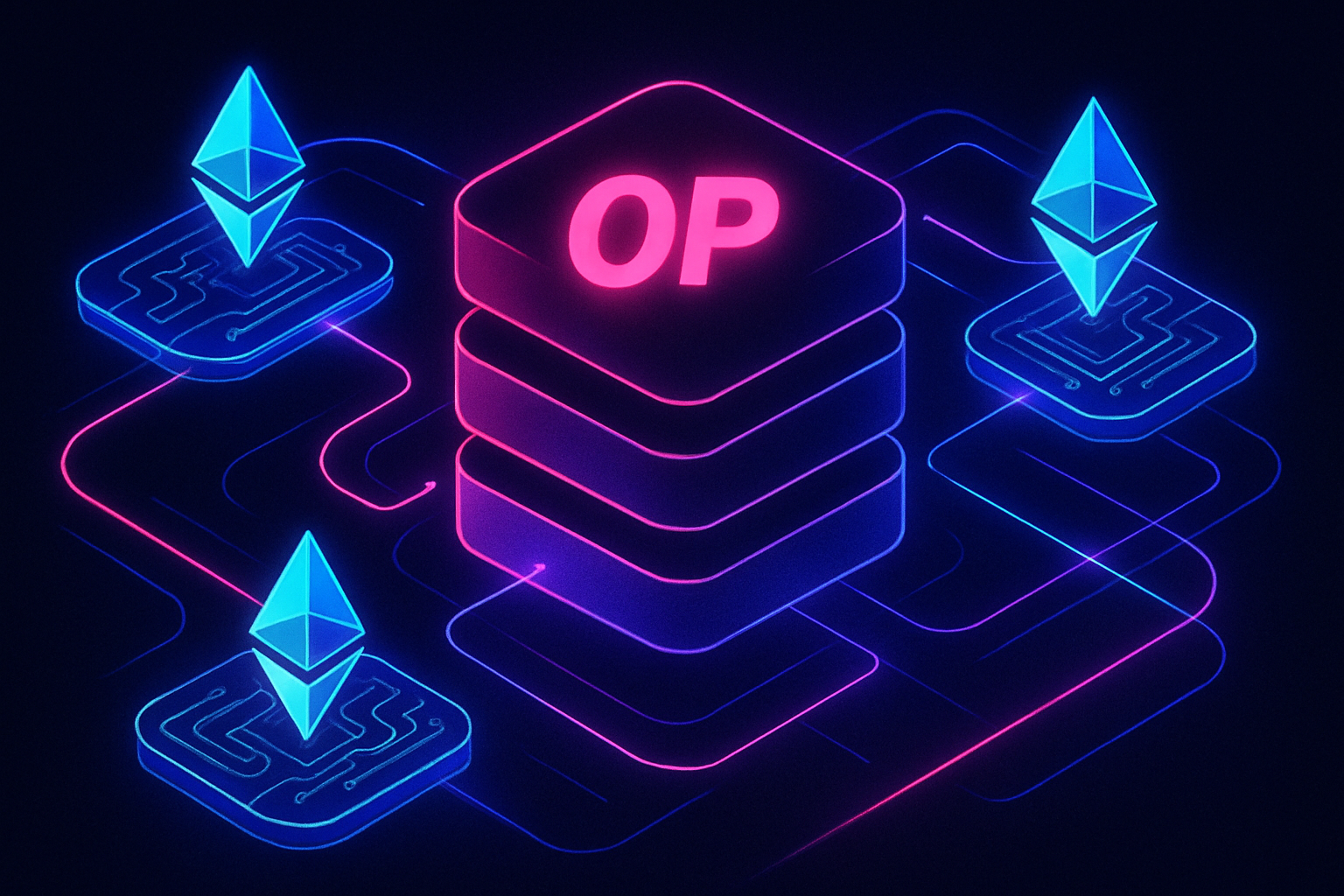
Ethereum’s rollup-centric roadmap has redefined blockchain scalability, but true value emerges when these rollups can interoperate seamlessly. The OP Stack, Optimism’s modular framework for building Layer 2 (L2) chains, is at the forefront of this movement. Not only does it empower developers to launch their own rollups, it also provides the critical infrastructure for cross-chain communication and unified liquidity. As Ethereum trades at $4,454.70 (as of this writing), the need for robust, scalable, and interconnected L2 solutions has never been more urgent.

Why Interoperability Matters in the Era of Multi-Rollup Scaling
Rollups have turbocharged Ethereum’s throughput, but isolated rollups create new silos. Without interoperability, users face fragmented liquidity, limited composability, and complex bridging. The Superchain ecosystem, powered by the OP Stack, aims to break down these walls. By standardizing how rollups interact, share assets, and communicate, the OP Stack is shaping a landscape where developers and users can move frictionlessly between chains, without sacrificing security or decentralization.
At its core, the OP Stack is a toolkit that enables developers to launch EVM-compatible rollups quickly and securely. But its real innovation lies in how it fosters Ethereum rollup communication through:
- Native cross-chain messaging protocols
- Shared bridge contracts for asset transfers
- Standardized token protocols to unify liquidity
- Superchain governance and security
Let’s unpack the mechanisms that make this possible.
OP Stack’s Cross-Chain Messaging: Direct, Fast, and Trust-Minimized
Traditional rollup interoperability relies on Ethereum L1 as a hub, withdraw a message from one rollup to L1, then deposit it to another. While secure, this approach is slow and expensive. The OP Stack introduces a native cross-chain messaging protocol, allowing OP Stack rollups to exchange messages directly, bypassing L1 for most operations. This reduces latency, lowers costs, and opens the door for rich, composable dApps that span multiple rollups.
According to the OP Stack Specification, this protocol is designed to be relatively trustless, leveraging cryptographic proofs and shared standards. As more OP Chains join the Superchain, each new chain becomes a node in an ever-expanding network of interoperable rollups.
Superchain Architecture: Standardization for Seamless Coordination
The Superchain architecture is Optimism’s vision for a family of OP Stack rollups that share security, governance, and communication protocols. By building on a common framework, these chains can coordinate upgrades, enforce shared rules, and interoperate out of the box. This level of standardization is what enables true multi-rollup scaling, where liquidity and users can flow freely across the ecosystem.
For developers, this means less time spent on custom bridge logic or security audits, and more time building dApps that leverage the composability of the entire Superchain. For users, it means assets and data can move between chains with minimal friction or risk.
If you’re interested in the technical details or want to explore deploying your own OP Stack rollup, check out the Alchemy Superchain guide.
One of the most compelling features of the OP Stack is its approach to shared bridge contracts. Rather than relying on a patchwork of third-party bridges, OP Stack rollups use a standardized set of contracts for asset and data transfers. This shared infrastructure not only reduces attack surfaces but also ensures that all OP Chains benefit from the same security guarantees. When a user moves tokens or messages from one OP Chain to another, they interact with familiar, vetted contracts, dramatically lowering both risk and complexity.
Key Benefits of Shared Bridge Contracts in the Superchain
-
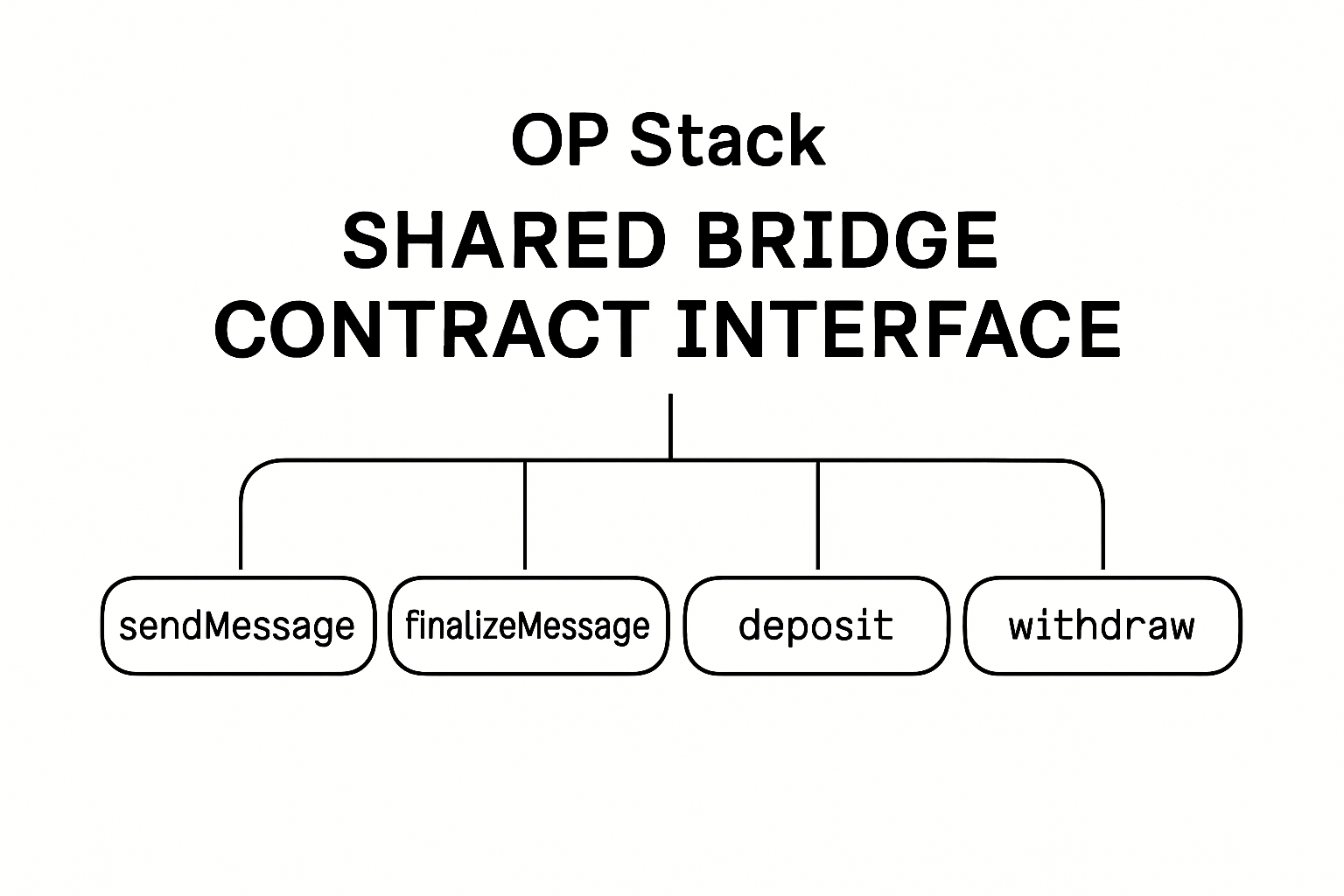
Seamless Asset Transfers Across OP Chains: Shared bridge contracts enable users to move tokens and data effortlessly between different OP Stack rollups, eliminating the need for complex third-party bridges and reducing operational friction.
-
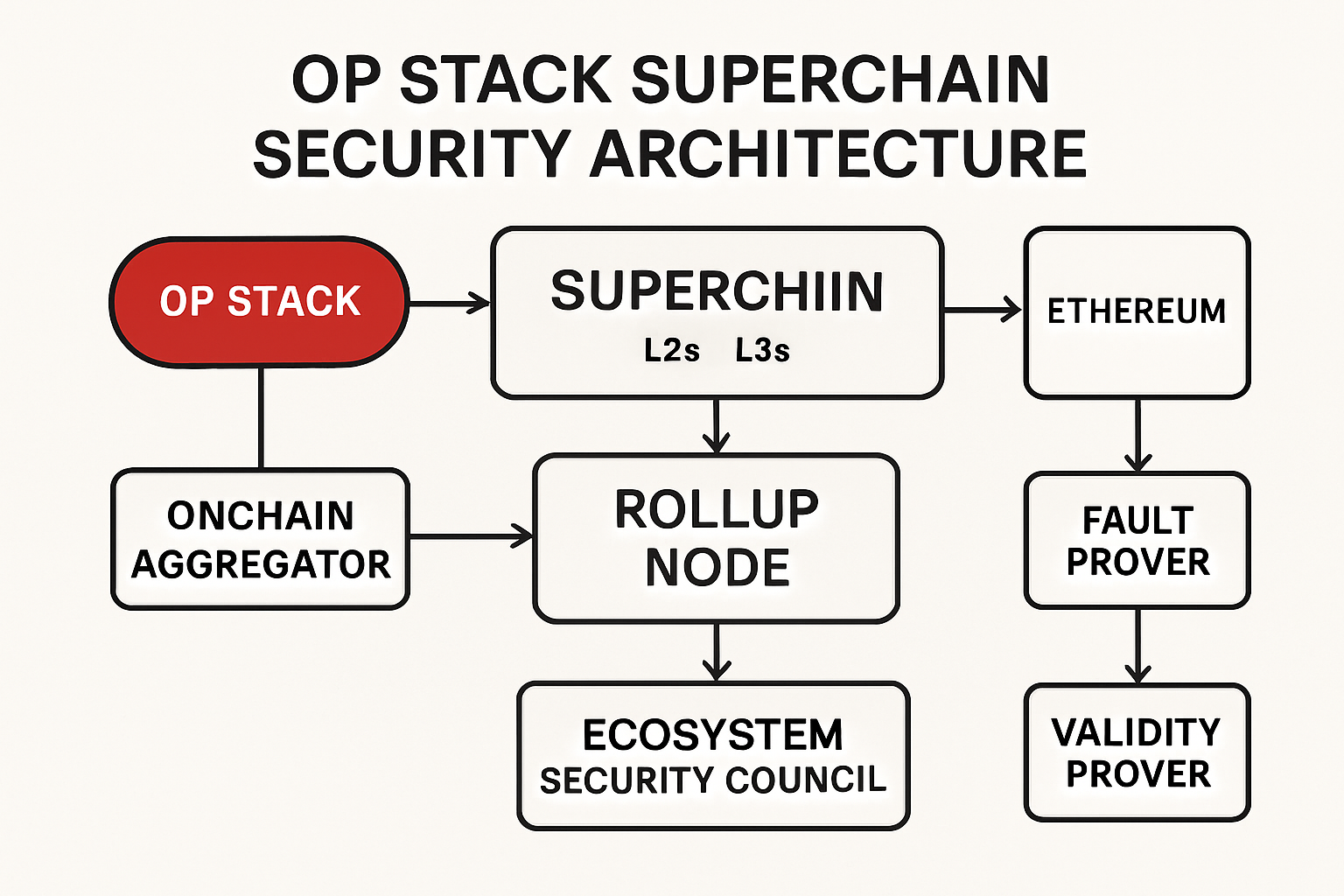
Enhanced Security Through Standardization: By using a unified set of bridge contracts, the Superchain minimizes the risk of vulnerabilities and exploits that can arise from disparate, custom bridge implementations.
-
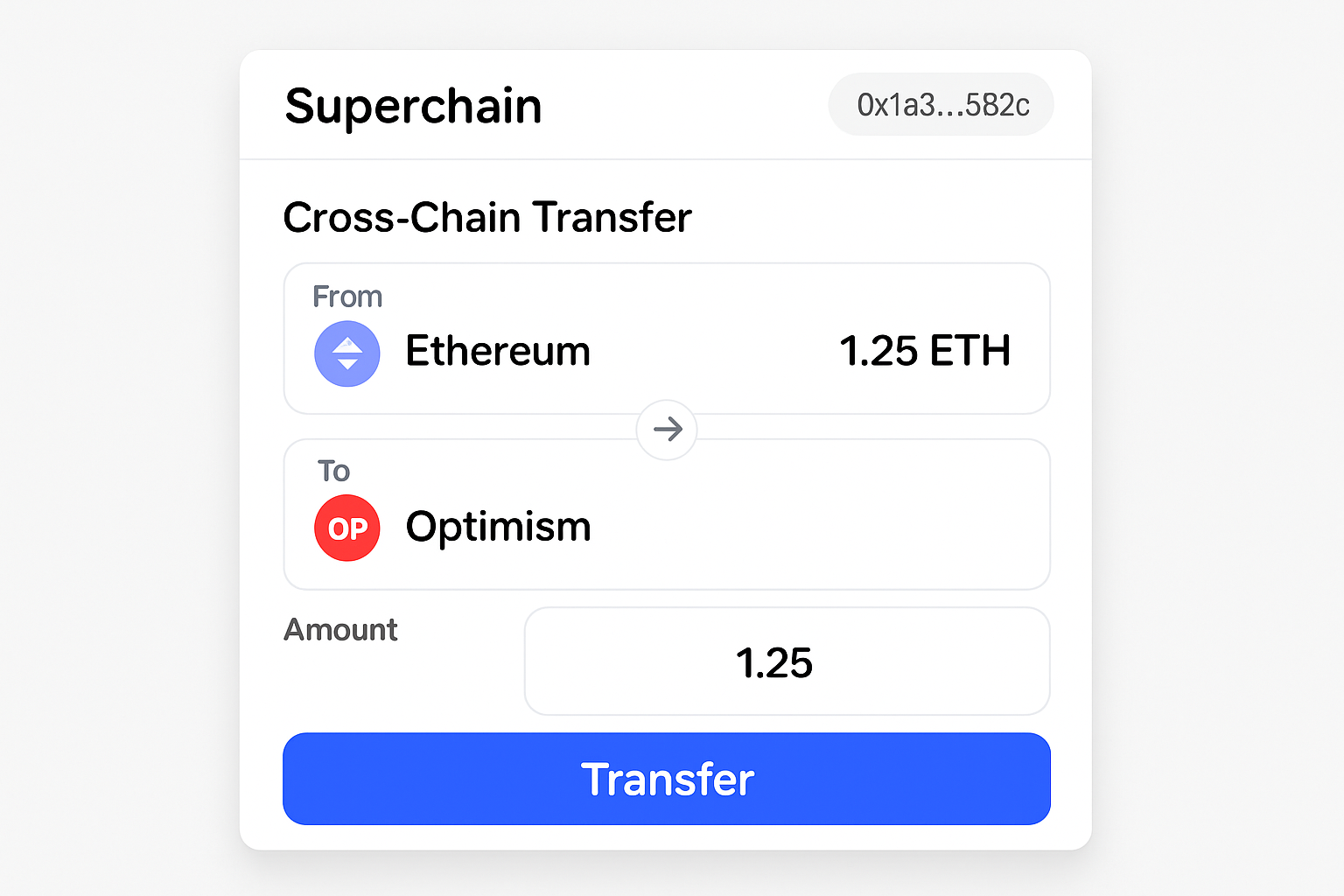
Consistent User Experience: Shared infrastructure ensures that asset transfers and cross-chain operations work the same way across all participating rollups, making onboarding and usage more intuitive for both developers and end-users.
-
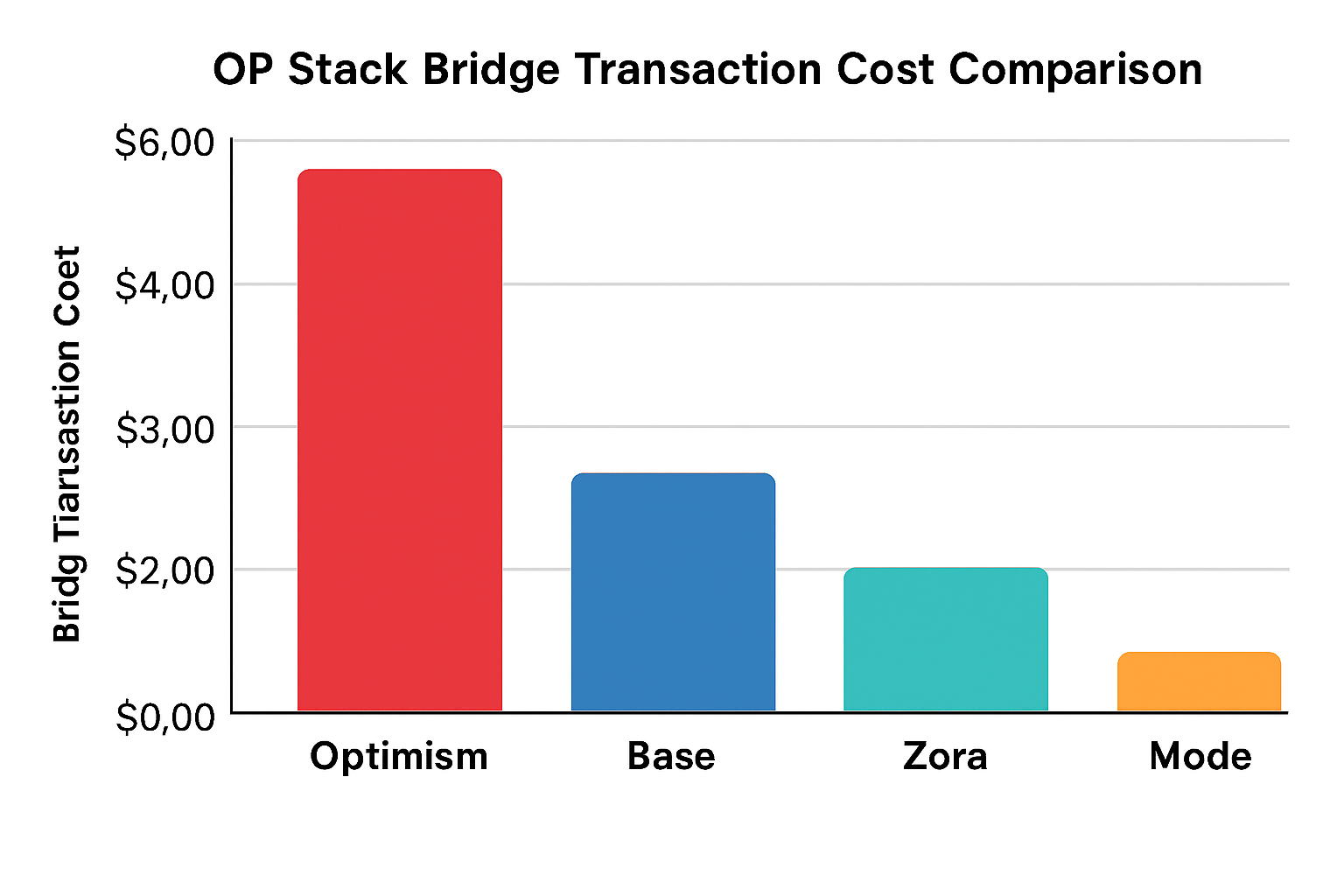
Lower Transaction Costs: With a common bridge system, transaction fees for moving assets between OP Chains are optimized, helping users save on costs compared to using multiple, fragmented bridges.
-
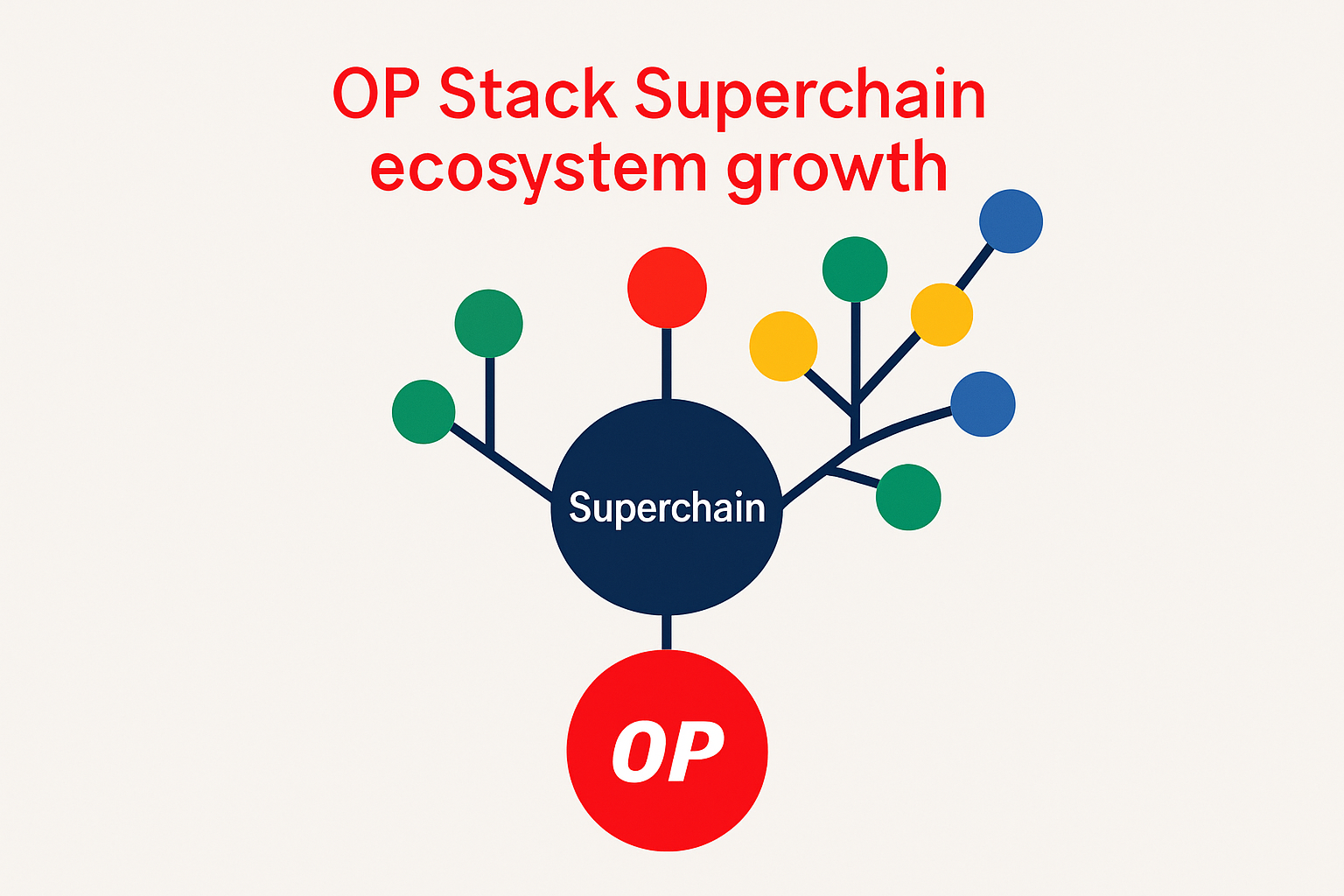
Accelerated Ecosystem Growth: The ability to easily transfer assets and data between OP Stack rollups attracts more developers and projects, fueling innovation and expanding the Superchain ecosystem.
Liquidity fragmentation has long plagued Ethereum’s L2 landscape. Every new rollup creates its own pools, tokens, and wrapped assets, diluting capital efficiency. The OP Stack addresses this through initiatives like the SuperchainERC20 standard, which aims to unify token standards across all OP Chains. With this standard in place, assets can flow seamlessly between rollups without endless wrapping or manual bridging, paving the way for deeper liquidity and more robust DeFi applications.
Real-World Impact: Composability and Ecosystem Growth
The impact of these interoperability advances is already visible across the Superchain ecosystem. dApps are beginning to offer cross-rollup functionality natively, allowing users to interact with protocols on multiple chains from a single interface. For example, decentralized exchanges can aggregate liquidity from several OP Stack rollups, offering better pricing and lower slippage than single-chain solutions. NFT marketplaces are exploring cross-chain listings and transfers, unlocking new forms of digital ownership.
The modular design also makes it easier for new projects to launch their own L2s while instantly plugging into a network effect, users don’t need to worry about which chain their assets are on or how to bridge them back to Ethereum mainnet. As more developers adopt the OP Stack interoperability toolkit, expect composable dApps that span multiple rollups to become the norm rather than the exception.
Ethereum at $4,454.70: Why Interoperability Is Non-Negotiable
With Ethereum holding steady at $4,454.70, attention is shifting from raw throughput gains to user experience and network effects. The next wave of adoption will be driven by how easily users can move assets, access liquidity, and compose applications across chains, without being forced into technical dead ends or costly bridges.
The Superchain vision isn’t just technical; it’s fundamentally about making Ethereum’s scaling future accessible and unified for everyone, from developers launching new protocols to everyday users seeking low-fee transactions.
For investors and builders alike, understanding these interoperability primitives is essential as competition among L2s heats up. The OP Stack’s open-source ethos means any team can join this growing network, contributing not just throughput but also new ideas for governance, privacy, and composability.
What Comes Next?
The road ahead will see further improvements in real-time messaging (as protocols like Polymer push boundaries), greater standardization around tokens and data formats, and more robust shared security models. As these pieces fall into place, Ethereum’s multi-rollup scaling dream will shift from theory to lived reality, backed by an ecosystem where value flows as freely as information.
